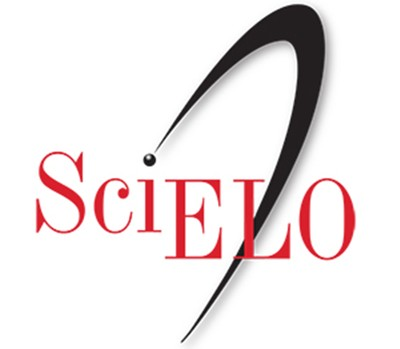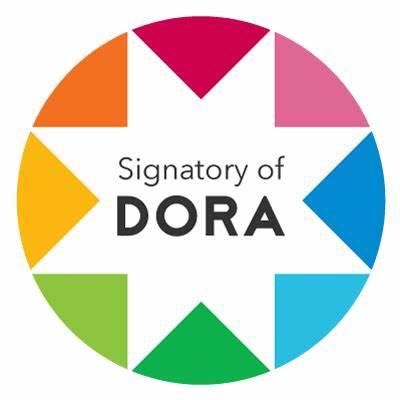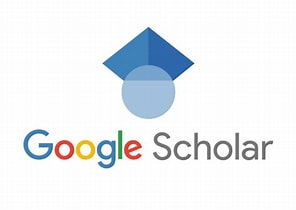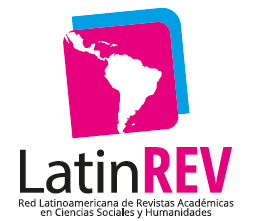Anticipar el futuro
La inteligencia artificial, entre ficción e imaginación
DOI:
https://doi.org/10.51385/ic.v2i16.161Keywords:
Inteligencia Artificial, Imaginarios sociales, Ciencia ficción, Ficción audiovisual, FuturoAbstract
En este trabajo se realiza una indagación preliminar en los imaginarios tecnológicos relativos al desarrollo de la inteligencia artificial, a partir de ficciones audiovisuales recientes que la tematizan y en donde notamos una inflexión respecto a un tratamiento clásico del tema. Novelas, films, series de televisión, nunca son “mera ficción”, ya que, como hace tiempo mostraron Gerbner y sus colaboradores, las historias enseñan valores, normas e ideologías. Por ello nos propusimos poner en diálogo los relatos ficcionales con una exploración de otro tipo: los imaginarios y discursividades en torno a las tecnologías y el futuro, a partir de un enfoque cualitativo que combinó entrevistas grupales e individuales a jóvenes de entre 16 y 26 años. Las constantes referencias de los entrevistados a films o series televisivas para ejemplificar sus ideas al respecto dejaron claro que, en la tarea de imaginar el futuro, la ficción audiovisual cumple un importante rol.
Downloads
References
Aguilar García, Teresa. (2008). Ontología Cyborg. El cuerpo en la nueva sociedad tecnológica. Gedisa Editorial.
Baczko, B. (1991). Los imaginarios sociales: Memorias y esperanzas colectivas. Ediciones Nueva Visión.
Bengio, Y. (2020, marzo). Aprendizaje profundo. Temas. Monográficos de Investigación y Ciencia, 99, 6-11.
Birhane, A., & van Dijk, J. (2020). Robot Rights?: Let’s Talk about Human Welfare Instead. Proceedings of the AAAI/ACM Conference on AI, Ethics, and Society, 207-213. https://doi.org/10.1145/3375627.3375855
Campbell, S. W., Zhao, F., Frith, J., & Liang, F. (2021). Imagining 5G: Public sense-making through advertising in China and the US. Mobile Media & Communication, 9(3), 546-562. https://doi.org/10.1177/2050157920985239
Cave, S., & Dihal, K. (2019). Hopes and fears for intelligent machines in fiction and reality. Nature Machine Intelligence, 1(2), 74-78. https://doi.org/10.1038/s42256-019-0020-9
Cobo, C., & Moravec, J. (2011). Aprendizaje invisible: Hacia una nueva ecología de la educación (1a. ed.). Publicacions i Edicions de la Universitat de Barcelona.
Domingos, P. (2020, marzo). Nuestros dobles digitales. Temas. Monográficos de Investigación y Ciencia, 99, 80-83.
Gendler, M. (2019). Personalización algorítmica y apropiación social de tecnologías: Desafíos y problemáticas. En A. Rivoir & M. J. Morales (Eds.), Tecnologías digitales miradas críticas de la apropiación en América Latina (pp. 299-317). CLACSO; RIAT. https://www.jstor.org/stable/10.2307/j.ctvt6rmh6
Goggin, G. (2015). Mobile Web 2.0: New Imaginaries of Mobile Internet. En A. Herman, J. Hadlaw, & T. Swiss (Eds.), Theories of the mobile internet: Materialities and imaginaries (pp. 134-148). London : Routledge,Taylor & Francis Group.
Hermann, I. (2021). Artificial intelligence in fiction: Between narratives and metaphors. AI & SOCIETY. https://doi.org/10.1007/s00146-021-01299-6
Hudson, A. D., Finn, E., & Wylie, R. (2021). What can science fiction tell us about the future of artificial intelligence policy? AI & SOCIETY. https://doi.org/10.1007/s00146-021-01273-2
Jameson, F. (2009). Arqueologías del futuro: El deseo llamado utopía y otras aproximaciones de ciencia ficción. Akal.
Karnowski, V. (2012). Symbolic models of mobile phone appropriation: A content analysis of TV serials. En C. Martin & T. von Pape (Eds.), Images in mobile communication new content, new uses, new perspectives. VS Verlag für Sozialwissenschaften / Springer Fachmedien Wiesbaden GmbH. http://dx.doi.org/10.1007/978-3-531-93190-6
Lorencik, D., Tarhanicova, M., & Sincak, P. (2013). Influence of Sci-Fi films on artificial intelligence and vice-versa. 2013 IEEE 11th International Symposium on Applied Machine Intelligence and Informatics (SAMI), 27-31. https://doi.org/10.1109/SAMI.2013.6480990
Mascheroni, G., & Vincent, J. (2016). Perpetual contact as a communicative affordance: Opportunities, constraints, and emotions. Mobile Media & Communication, 4(3), 310-326. https://doi.org/10.1177/2050157916639347
Morgan, M. (Ed.). (2008). La teoría del cultivo. En Los medios ¿aliados o enemigos del público?: Derivaciones de las teorías de comunicación surgidas en los setenta. Educa.
Rodríguez, P. (2018, junio). Gubernamentalidad algorítmica: Sobre las formas de subjetivación en la sociedad de los metadatos. Barda, 6.
Royal Society. (2018). Portrayals and perceptions of AI and why they matter.
Sadin, É. (2018). La silicolonización del mundo: La irresistible expansión del liberalismo digital. Caja Negra.
Sadin, É. (2021). La inteligencia artificial o el desafío del siglo: Anatomía de un antihumanismo radical. Caja Negra.
Silverstone, R. (1996). Televisión y vida cotidiana. Amorrortu.
Søraa, R. A., & Fyhn, H. (2018, agosto 30). The Robotocene: Sociotechnical imaginaries of a robotic future. Society for Social Studies of Science Annual Conference, Sydney. https://bit.ly/2ZUvi4B
Søraa, R. A., Nyvoll, P., Tøndel, G., Fosch-Villaronga, E., & Serrano, J. A. (2021). The social dimension of domesticating technology: Interactions between older adults, caregivers, and robots in the home. Technological Forecasting and Social Change, 167, 120678. https://doi.org/10.1016/j.techfore.2021.120678
Taylor, C. (2006). Imaginarios sociales modernos. Paidós.
Thulin, E., Vilhelmson, B., & Schwanen, T. (2020). Absent Friends? Smartphones, Mediated Presence, and the Recoupling of Online Social Contact in Everyday Life. Annals of the American Association of Geographers, 110(1), 166-183. https://doi.org/10.1080/24694452.2019.1629868
Vorderer, P., Krömer, N., & Schneider, F. M. (2016). Permanently online – Permanently connected: Explorations into university students’ use of social media and mobile smart devices. Computers in Human Behavior, 63, 694-703. https://doi.org/10.1016/j.chb.2016.05.085
We are social, & Hootsuite. (2021). Digital 2021. April Global Statshot Report. Hootsuite. https://wearesocial.com/digital-2021
Weiss, A., & Spiel, K. (2021). Robots beyond Science Fiction: Mutual learning in human–robot interaction on the way to participatory approaches. AI & SOCIETY. https://doi.org/10.1007/s00146-021-01209-w
Published
Issue
Section
License
Copyright (c) 2022 Intersecciones en Comunicación

This work is licensed under a Creative Commons Attribution-NonCommercial-ShareAlike 4.0 International License.
No se permite un uso comercial de la obra original ni de las posibles obras derivadas, la distribución de las cuales se debe hacer una licencia igual a la que regula la obra original.














